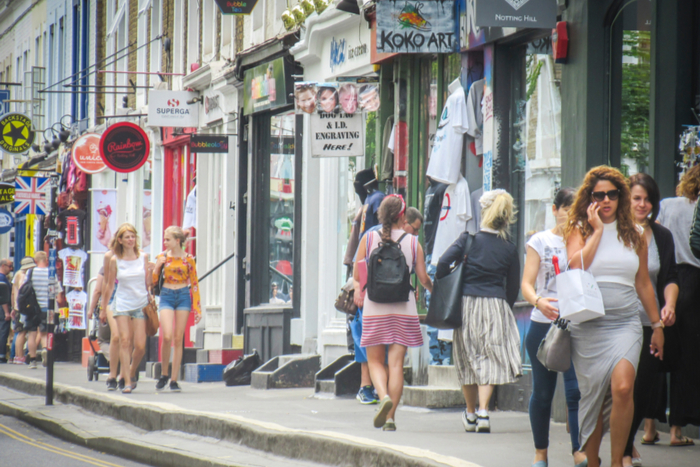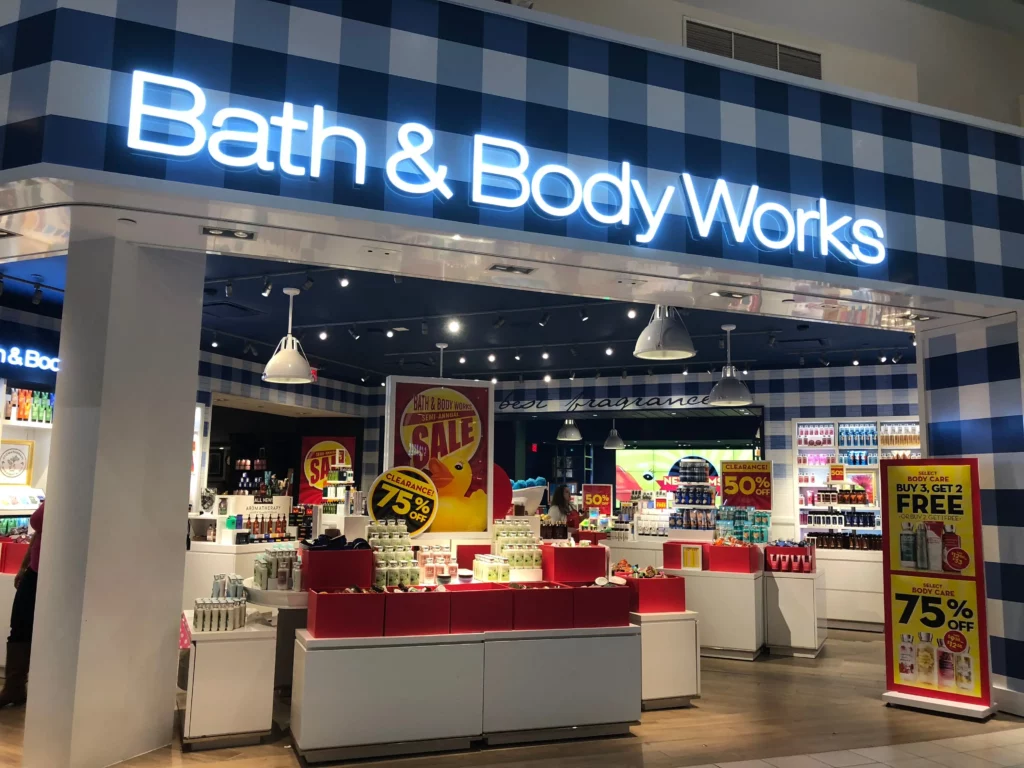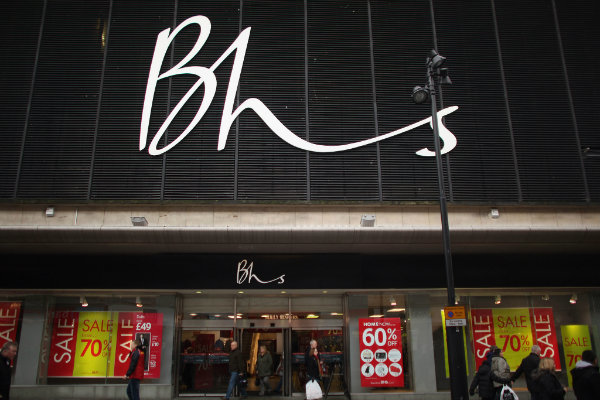// ONS says total retail sales volumes in July rose 3.6% compared with June
// This is 3% above pre-pandemic levels
// However, fashion and household sales were stuggling
Shoppers returned to high streets in increasing numbers last month but business at clothes and household goods stores remains below pre-pandemic levels, official figures show.
The ONS said total retail sales volumes in July rose 3.6 per cent compared with June and are now three per cent above pre-pandemic levels.
However, it said there was a distinct split emerging between food and online retailers, which have surpassed February’s sales figures, and non-food businesses, which have not.
READ MORE: Retail sales edge up in first full month since lockdown measures eased
“Retail sales have now regained all the ground lost during the height of the coronavirus restrictions as more stores open for trade and online sales remain at historically high levels.” ONS deputy national statistician for economic statistics Jonathan Athow said.
“While still below their pre-pandemic levels, both fuel and clothing sales continued to recover.
“Meanwhile, food sales fell back from their recent peaks as people started to venture back into pubs and restaurants.”
In July, the volume of food store sales fell 3.1 per cent compared with June.
Online sales also fell from June highs – back 2.1 per cent – although both measures remain above pre-pandemic levels.
The retail industry contributes around 5.4 per cent to GDP, used to measure a nation’s growth, and is one of the biggest private sector employers in the UK.
The pandemic has led to more than 40,000 job losses already announced in the sector as business leaders said the industry is going through a structural, rather than cyclical, change.
As of July, fashion sales were 25.7 per cent lower than February – shedding light on Marks & Spencer’s decision to axe around 7000 jobs, primarily in its non-food division, earlier this week.
Household goods and DIY stores have enjoyed a strong recovery by comparison, and sat six per cent above February levels in July, with stores reporting an increase in people carrying out home projects.
However, total non-food store sale volumes were 6.6 per cent lower than their pre-pandemic levels, with the DIY sector unable to offset the fashion stores, the ONS said.
Department store sector sales were 5.1 per cent lower in July compared with February, it added, at a time when Debenhams was in administration, John Lewis has confirmed it would close stores, and House of Fraser may suffer without government intervention, according to its owners.
BRC chief executive Helen Dickinson said the latest ONS Retail Sales Index figures mask a crisis under way in some parts of the retail industry.
“While food and online have shown growth, the hustle and bustle of shoppers and workers has yet to return to major town and city centres, continuing to impact sales significantly in those locations,” she said.
“In-store non-food sales were down over £1.6 billion per week during lockdown and July’s uplift reported by the ONS doesn’t make up for that lost ground.
“The survival of many retail businesses hangs in the balance. Some retailers haven’t been able to pay their rent for the period where they were required to close for our national benefit and numbers of job losses and shop closures are rising.
“Unless another viable solution is found, the government should extend the moratorium on aggressive landlord debt enforcement beyond September.”
with PA Wires
Click here to sign up to Retail Gazette‘s free daily email newsletter
















